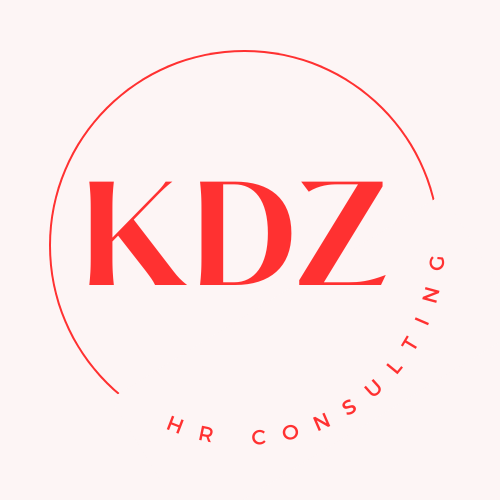Navigating Conflict in the Workplace
Conflict is an inevitable part of life, even in professional settings where we strive to foster harmony. The workplace, with its diverse array of individuals united by a common purpose, naturally becomes a breeding ground for differing opinions, perspectives, and approaches. As leaders, the responsibility falls upon us to embrace these differences and employ various strategies to facilitate productivity. While it might seem simple in theory, the reality is far from that. When conflicts arise, leaders can employ some tactics to address them effectively.
Solution Vs. Venting: A critical initial step involves discerning whether a conversation seeks a resolution or if it's a platform for venting. While many of us possess a natural inclination to swiftly resolve issues (myself included!) it's essential to recognize that not everyone is seeking an immediate fix. Some individuals require a safe space to express their feelings before progressing toward a solution independently. When in doubt about someone's intention, are we solving or are we venting?
Fostering Open Communication: Regular one-on-one check-ins are invaluable. These dedicated sessions grant employees time to not only navigate daily tasks but also discuss overarching challenges and concerns. Establishing a consistent cadence provides a continual platform for questions and discussions that might otherwise remain unaddressed. The remarkable insights that arise from these conversations can be surprising.
Documentation: As leaders, once you've created an environment where employees feel comfortable sharing their concerns, the need for documentation may become essential if the situation escalates. Whenever verbal discussions occur, make it a practice to summarize the conversation and outline actionable steps in written form. Documentation can be as simple as sending an email to yourself (so you have a timestamped record) containing facts and details, stored in a designated folder. While formality isn't a requirement, impartiality and factual accuracy are.
Involving an Impartial Third Party: If the issue is something that can’t be resolved immediately or would alter the operations of the business, it may be time to bring in an impartial 3rd party. Human Resources (HR) professionals possess conflict resolution expertise and consider the best interests of both employees and the organization. However, claims of serious nature require a different approach. This should absolutely be left to an HR or Legal professional, who will conduct a thorough investigation and provide remediation recommendations.
The Role of HR in Managing Employee Conflict: HR serves as a bridge connecting employers and employees, adeptly handling concerns, grievances, and conflicts with fairness and neutrality. Moreover, HR nurtures effective communication, nurtures a positive organizational culture, and cultivates employee engagement.
Conflict resolution is a multifaceted process, shaped by the nuances of each situation. The absence of a “one size fits all” solution underscores the significance of assessing if additional support is needed. Remember, HR is always at your disposal, (https://www.kdzhrconsulting.com/contact-us) should additional support be needed. In navigating workplace conflict, leaders can foster growth and unity while maintaining the integrity of their teams!

